Dry Needling
Dry Needling is also known as intramuscular stimulation (IMS) and trigger point dry needling (TDN). It is a safe, effective and efficient treatment used to:
- Relax myofascial trigger points, and
- Restore normal muscle tones, muscle length, coordination, function and strength
Dry needling involves insertion and repetitive manipulation of a "dry", solid filament needle in a trigger point in order to produce an involuntary spinal cord reflex, also known as a local twitch response (LTR). This results in lasting muscle relaxation due to the release of shortened bands of muscle fibers for overactive (tight) muscles or the activation of under-active (weak) muscles. Deactivation of the trigger points can bring immediate relief of symptoms, so the therapist can immediately train the muscles to work with the newly gained pain free range of motion (ROM).
Dry Needling vs. Acupuncture
Dry needling is similar to acupuncture in the sense that a dry, solid filament needle is inserted and manipulated under the skin to release endorphins and serum cortisol for pain relief. The difference is that dry needling is based on western neuroanatomy and modern scientific study of the musculoskeletal and nervous systems. Acupuncture is based on traditional Chinese medicine (TCM). It creates balance in the body by influencing the flow of Qi (energy) in pathways called meridians to achieve pain relief and alleviate inflammation.
Conditions Treated by Dry Needling
Dry needling has successfully been used to treat a variety of conditions including:
- Head and Neck Pain - including whiplash and headaches / migraines, degenerative joint disease, degenerative disk disease or osteoarthritis
- Otological (Ear) and Opthamological (Eye) Pain - including tinnitus and eye strain
- Dental (Teeth) and Orthodontic (Jaw and Occlusal) Pain - including cavities, temporomandibular joint (TMJ) dysfunction, tooth impaction and root problems
- Shoulder Pain - including rotator cuff muscle tears, bursitis, adhesive capsulitis (frozen shoulder), tendonitis and impingement syndrome
- Elbow Pain - including lateral epicondylitis (tennis elbow) and medial epicondylitis (golfer's elbow)
- Hand and Wrist Pain - including gamekeeper's thumb, DeQuervain's syndrome, carpal tunnel syndrome, degenerative joint disease and osteoarthritis
- Back and Hip Pain - including lumbar degenerative disc disease, arthritic changes and herniated discs
- Knee Pain - including degenerative joint disease or osteoarthritis
- Shin / Ankle / Foot Pain - including shin splints, gout, metatarsalgia and Morton's neuroma
- Plantar Fasciitis (Heel Pain)
- Acute and Chronic Tendonitis
- Athletic and Sports-related Overuse Injuries
- Post-surgical Pain
- Post-traumatic Injuries, Motor Vehicle Accidents (MVA), and Work-related Injuries
- Other Chronic Pain Conditions - including myofascial pain and myofascial pain syndrome (MPS)
Cupping

Cupping is a traditional Chinese medicine (TCM) practice that involves placing cups on the skin to create suction. This practice dates back over 2,000 years but has received recent attention due to its use by world-class athletes for injury relief.
The cups used in cupping are typically made of bamboo, glass, or earthenware.
It’s believed that the effect of suction on the skin helps increase blood flow and promotes healing; however, the way in which cupping may have an effect on the body is unclear. A study in PLoS One researchers concluded that cupping could be effective in treating the pain and disability associated with chronic neck pain and chronic low-back pain in the short term.
Cupping is generally safe for healthy people when performed by one of our trained health professionals.
Some of the side effects like bruising and soreness are possible.
Ask your physical therapist how cupping might help you.
Cupping is a helpful alternative treatment for some. Please share your complete health history with your therapist and they will discuss the benefits and possible side effects of cupping to make sure it is right for you.
